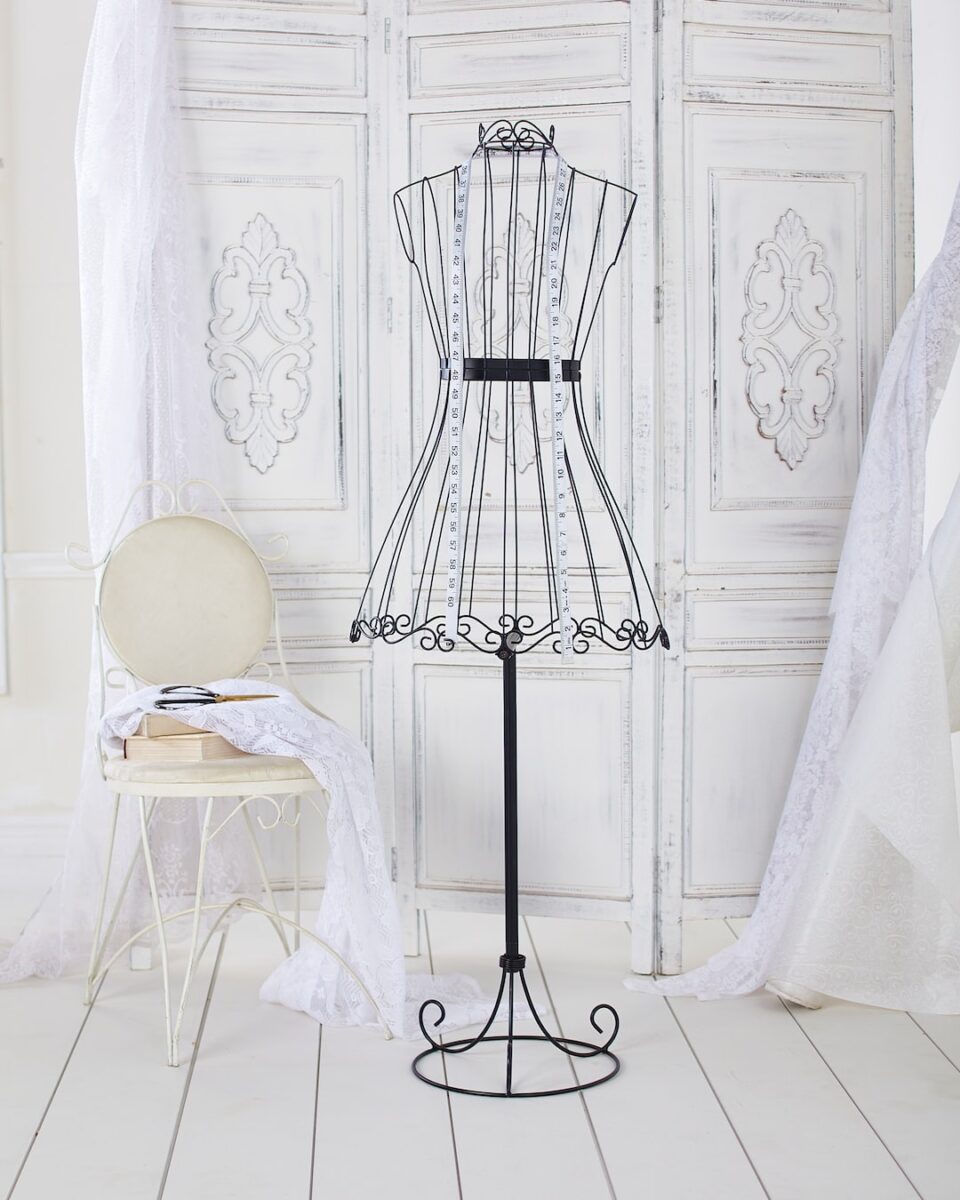Fashion subcultures have always played a significant role in shaping the way we dress and express our individuality. From goth to hipster, these subcultures have become prominent in the fashion world, making a statement and creating a sense of belonging for those who identify with them. In this article, we will explore the evolution, key characteristics, and influences of goth and hipster subcultures.
Goth fashion emerged in the 1980s, originating from the music genre of the same name. Goths are known for embracing darkness, with their fashion choices reflecting an alternative and sometimes macabre aesthetic. Black clothing, fishnet stockings, leather, and heavy boots are staples of goth style. This subculture rejects societal norms and instead embraces individuality, expressing a fascination with death, the occult, and the supernatural. Their makeup often features pale skin, dark lipstick, and dramatic eye makeup. Bands like Siouxsie and the Banshees and The Cure heavily influenced goth fashion, and their music often serves as a soundtrack for goth gatherings.
Hipster fashion, on the other hand, emerged in the early 2000s as a counter-cultural movement that rejected mainstream consumerism. Hipsters prioritize authenticity, individuality, and nonconformity. Their style often draws inspiration from vintage and thrift store finds, mixing different eras and styles to create a unique look. Hipsters value sustainable fashion and ethical production, often opting for handcrafted or locally-made garments. Skinny jeans, oversized glasses, and vintage band t-shirts are some of the iconic elements of hipster fashion. Indie music and alternative subcultures heavily influence hipster style, with bands like The Strokes and Arcade Fire being popular among hipsters.
Despite their differences, goth and hipster fashion share a certain level of individualism and rejection of mainstream culture. Both subcultures use fashion as a means of expressing their identity and fostering a sense of belonging. They find solace in surrounding themselves with others who share their passion for a particular aesthetic or lifestyle. These subcultures have influenced mainstream fashion to some extent, with elements of both goth and hipster fashion occasionally finding their way into popular culture.
To further explore these subcultures, one can look at their influences. Goth fashion has been heavily influenced by various subcultures, including punk, new wave, and Victorian fashion. The punk movement, with its ripped clothing, band t-shirts, and DIY aesthetic, laid the foundation for the rebellious spirit of goth fashion. New wave and post-punk bands like Bauhaus and Joy Division incorporated elements of glam rock and gothic literature, further shaping goth fashion. Victorian fashion, with its corsets, laces, and intricate details, inspired goth fashion’s romantic and elegant undertones.
Hipster fashion, on the other hand, draws inspiration from various subcultures such as the beatniks, grunge, and mod. Beatniks embraced a bohemian lifestyle, rejecting materialism and embracing simplicity and self-expression. This influence can be seen in the bohemian elements of hipster fashion, such as flowy dresses, oversized sweaters, and floral prints. Grunge, with its flannel shirts, Doc Martens, and ripped jeans, has also been a significant influence on hipster fashion. Mod fashion, characterized by clean lines, bold patterns, and retro silhouettes, has influenced the polished and vintage-inspired elements of hipster style.
Exploring fashion subcultures allows us to appreciate the diversity and creativity that exists within the fashion world. Both goth and hipster subcultures have made lasting impressions on the fashion industry, reflecting the individualistic and alternative spirit of their followers. Whether it is the goth subculture’s rejection of societal norms or the hipster subculture’s pursuit of authenticity, both subcultures have carved their niche in the fashion world.
In conclusion, fashion subcultures like goth and hipster have significantly influenced the way we dress and express ourselves. They challenge mainstream fashion and reject societal norms, providing individuals with a sense of identity and belonging. These subcultures continuously evolve and shape the fashion landscape, reminding us of the power of self-expression and individuality in a world that often promotes conformity. So, whether you resonate with the dark elegance of goth fashion or the vintage and nonconformist style of hipster fashion, embracing these subcultures can add depth and individualism to your personal style.

